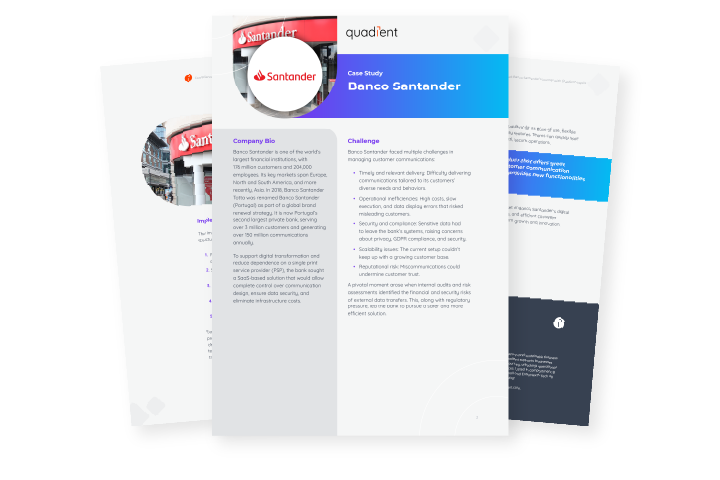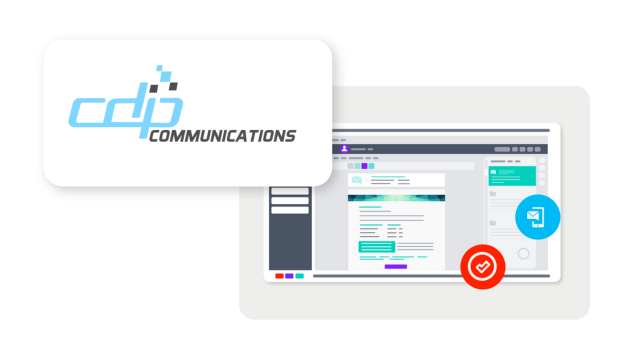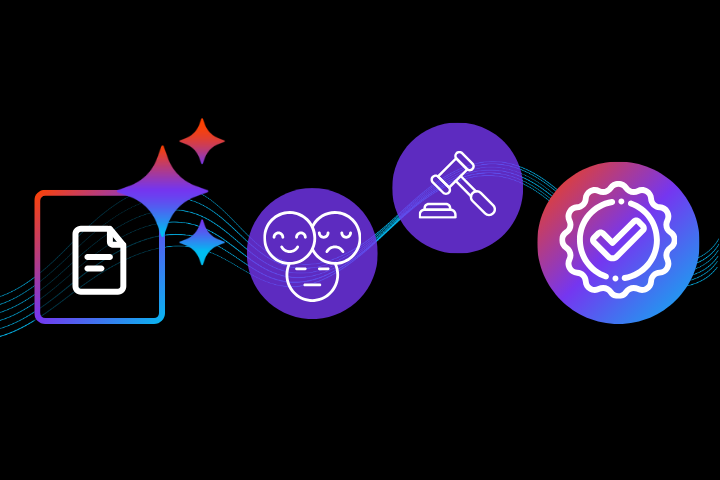
"To err is human..." – Alexander Pope
Making mistakes is a natural part of being human, but not an acceptable part of business communications with sensitive customer data, managed manually by your employees. Manual processes expose your business to the potential risk of human error with differing levels of severity. The more complex the business rules, the more likely a mistake will occur.
Fully automating your document workflow is a perfect way to optimize efficiency and mitigate errors. Our upcoming study, How Automation Impacts Document Workflow, examined the time savings and the error rate associated with three different levels of automation: Manual Processing, Partial Automation and Full Automation
The study revealed that moving from manual processes to full automation both optimized time and reduced errors - a win-win for any organization. The chart below reflects the time and error data compiled from all scenarios.
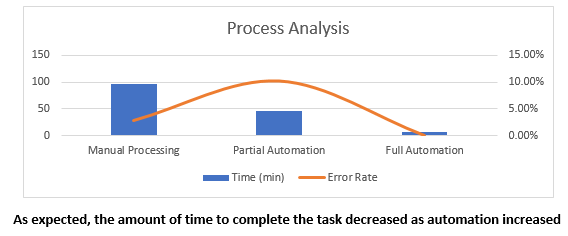
However, partial automation expanded the error rate due to the compounding nature of automation. The manual part of the task combined with the automated component turns one simple human error into multiple errors or “compounding errors.”
It is also important to note any time saved by automating the inserting process would be eroded by error remediation efforts.
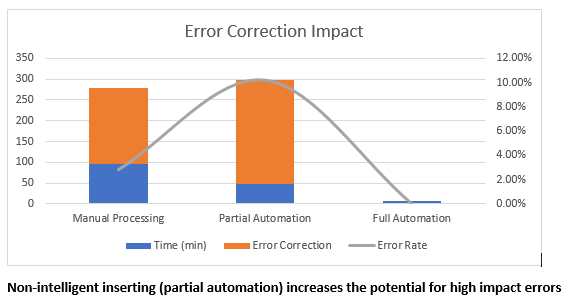
Compounding Errors
Compounding errors are multiple errors that stem from one single human error. For example, if an employee manually separated a stack of invoices into different batches separated by page count and accidentally co-mingled invoices, by putting a 5-page invoice into a 3-page stack then manually placed the stack into the folder inserter.
In the above example, each customer would receive portions of another customer’s invoice instead of a complete version of their intended document. This mistake would result in a customer who should have received a 5-page invoice to receive only 3 pages. Consequently, the next customer would receive the remaining 2 pages of the other customer’s 5-page invoice and only 1-page of their invoice. Unfortunately, every subsequent customer invoice (in that 3-page stack) would be out of sequence. This is considered a High Impact error. Below are three different error types as they pertain to customer dissatisfaction:
Error typology and potential impact
Different error types vary significantly in terms of the impact on the customer experience not to mention security and compliance risks.
- High Impact Error - An error likely to cause customer confusion or distress. It will likely necessitate additional correspondence and time to fix the situation.
Example: Sending a customer another customer’s confidential data. This level of error runs the greatest risk of customer dissatisfaction and a potential data privacy violation.
- Medium Impact Error – An error likely to cause some customer annoyance and dissatisfaction. The error may generate the need for additional correspondence.
Example: Sending a paper invoice to a customer who has selected paperless delivery.
- Low Impact Error - An error that is unlikely to annoy or dissatisfy a customer. However, the error may add additional costs to the supplier such as wasted paper stock and postage.
Example: Sending an invoice to a zero-balance customer.
Virtually eliminate the risk of error with a fully automated outbound document process
The ideal solution to mitigate errors and prepare your business for the best outcome is to fully automate the process. In this case, document processing hardware is supplemented with barcode reading technology. The software automates business rules and applies barcodes during production to ensure the right documents always go into the right envelope. Automation software also delivers a whole host of other benefits to help you improve document integrity and security, and maximize the impact of your customer communications. Learn more about how Quadient Impress could enhance your outbound document workflow.
Join us Tuesday, July 28th at 11:00 a.m. EDT for our webinar, Does Automation Improve Employee Engagement to learn more about this subject and the findings of the study. We’ll shed some light on the the business outcomes related to applying different degrees of document automation, including the impact on employee engagement and productivity. Register here.


